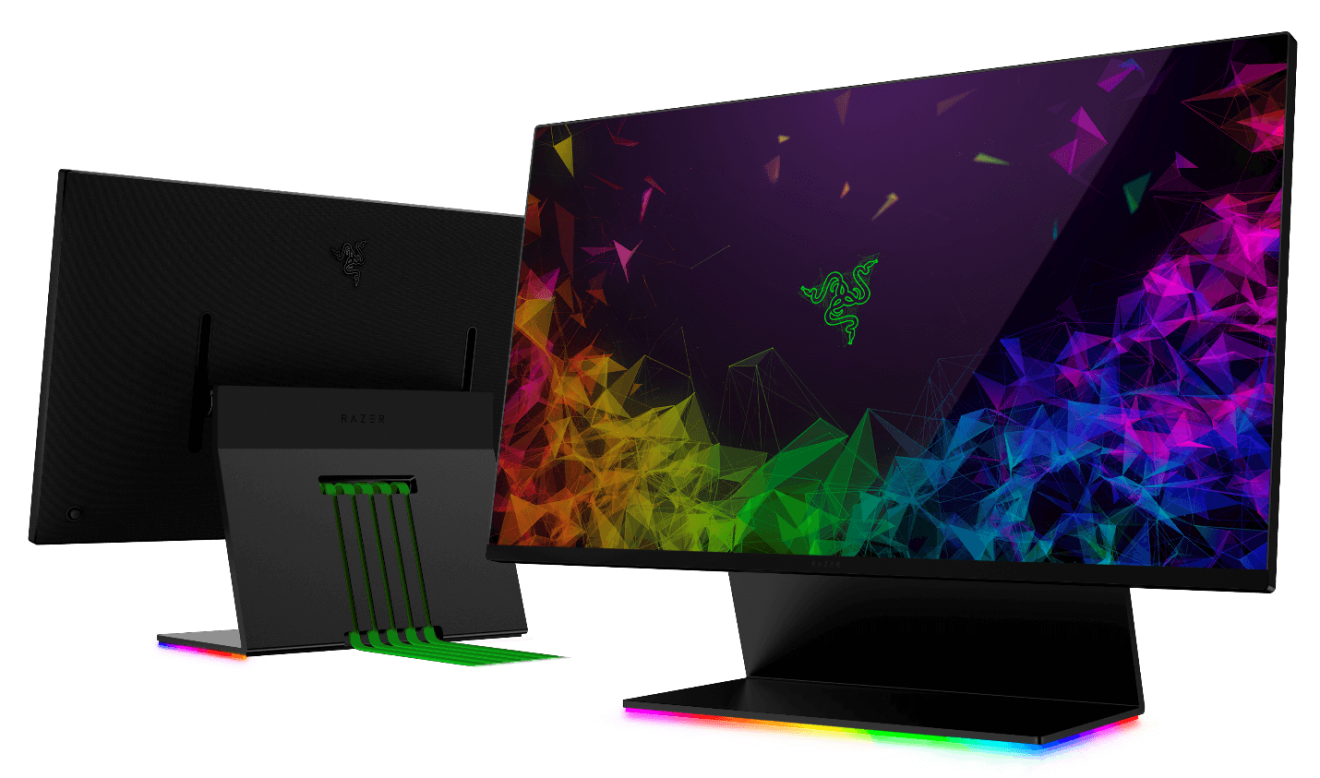
Electric cars and laser TVs: What to expect from Chinese gadget makers at CES 2019
An electric car with multiple touchscreens, a smaller laser TV, new Razer products and more from the world’s largest tech show
The first big tech show of 2019 kicks off in Las Vegas this week.
As in recent years, China still has a massive presence at this year’s Consumer Electronics Show (CES). It's true that the trade war with the US means fewer Chinese companies are making the flight across the Pacific. Yet, there are still some 1,200 Chinese exhibitors present -- a sizeable number unmatched by any country besides the US.
Here's what we're expecting to see.
Better self-driving cars, more touchscreens

Meet Baidu, China’s homegrown search engine
Still trying to make AR and VR happen
A cheaper laser TV?
You can’t talk about CES without mentioning TVs. Each year, companies manage to come up with outlandish ideas for what they think we need our living rooms. (LG, for instance, thinks we want a TV that rolls up like paper. Why?)
8K is the buzzword this year, but Chinese TV giant Hisense has something else in mind: It’s expected to introduce a 70-inch laser TV. No words on the resolution and price yet, but an 80-inch 4K laser TV it rolled out in China last year costs around US$2,900 -- around three times cheaper than the 100-inch version currently available in the US.
China’s most popular TV brand is hoping to score a goal with high-profile World Cup deal

More gaming products
The Xbox One will finally have an official mouse and keyboard, courtesy Razer. From what we can see from the teaser video, the keyboard comes with the company’s multicolor Chroma light effects. The system update that enables mouse and keyboard support came to a handful of games back in November, including Warframe and Fortnite.

But wait, where are the smartphone giants?
Perhaps more important than who’s at CES is who isn’t there.
Last year Vivo showed off a prototype handset with an in-screen fingerprint sensor. The feature is now available in several Vivo models, as well as phones from Xiaomi, Huawei and OnePlus. This year though, Vivo isn’t going to Las Vegas.
With the ongoing tension between China and the US, it looks like we’ll have to wait a few more weeks to see more exciting phone prototypes.
This smartphone maker thinks two screens are better than one
For more insights into China tech, sign up for our tech newsletters, subscribe to our Inside China Tech podcast, and download the comprehensive 2019 China Internet Report. Also roam China Tech City, an award-winning interactive digital map at our sister site Abacus.
For more insights into China tech, sign up for our tech newsletters, subscribe to our Inside China Tech podcast, and download the comprehensive 2019 China Internet Report. Also roam China Tech City, an award-winning interactive digital map at our sister site Abacus.

